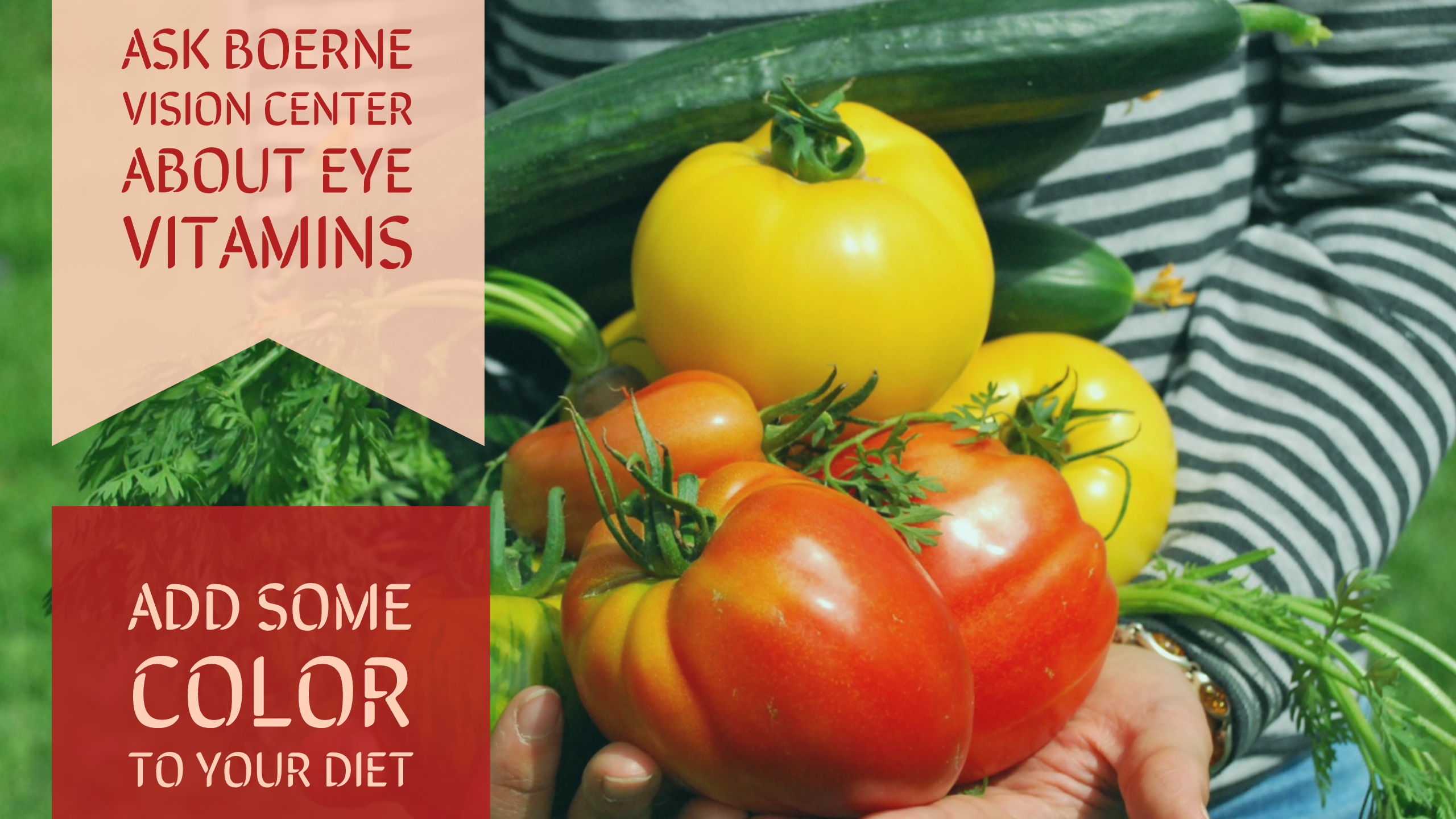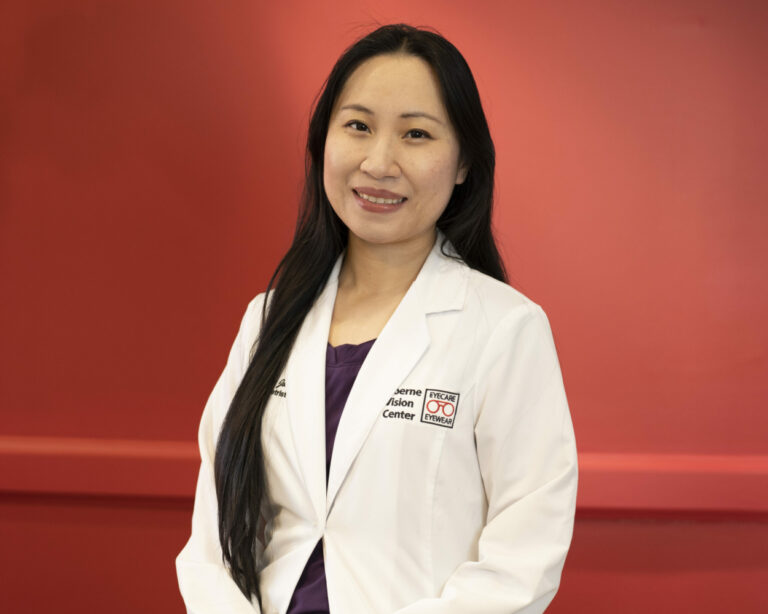Tell Dr. Johnson the vitamins and antioxidants you are eating. Especially if you have a family history of macular degeneration!
Enjoy a healthy helping of these eye-friendly nutrients.
We are told to eat foods full of antioxidants such as leafy greens, legumes, nuts and cold-water fish to keep our bodies healthy. But what are antioxidants? They are the molecules that are said to enhance the quality of life. Imagine antioxidants are like air. We can’t see them, but they are always there and if there is a shortage, our bodies can be adversely affected.
Antioxidants are great for helping to prevent certain diseases such as cancer and coronary heart disease. In addition, antioxidants can help us maintain our vision.
Good vision is part of a healthy lifestyle. Researchers have linked eye-friendly nutrients such as EPA/DHA, lutein/zeaxanthin, vitamin C, vitamin E and zinc to reducing certain eye diseases, including macular degeneration and cataract formation.1
Eye-friendly nutrients
Six key nutrients with high-antioxidant content can help us maintain good vision and prevent eye disease:
- Lutein and Zeaxanthin – Important nutrients found in green leafy vegetables, as well as other foods, such as eggs. Many studies have shown that lutein and zeaxanthin reduce the risk of chronic eye diseases, including age-related macular degeneration and cataracts.
- Vitamin C – Found in fruits and vegetables. Scientific evidence suggests vitamin C lowers the risk of developing cataracts, and when taken in combination with other essential nutrients, it can lessen your chances of getting age-related macular degeneration and visual acuity loss.
- Vitamin E – A powerful antioxidant found in nuts, fortified cereals and sweet potatoes. It protects cells of the eye from free radicals (negatively charged molecules that are said to be linked to several degenerative diseases and cancers).
- Essential Fatty Acids – Omega-3 fatty acids, high in EPA/DHA, have been shown to be important for proper visual development and retinal function.
- Zinc – Mineral said to be the “helper molecule.” It plays a vital role in bringing vitamin A from the liver to the retina in order to produce melanin, a protective pigment in the eyes. Zinc is highly concentrated in the eye, mostly in the retina and choroid, the vascular tissue layer lying under the retina.
Feed your vision
A combination of a healthy, antioxidant-filled diet and annual visits to your eye doctor at Boerne Vision Center can help preserve your eye health and vision. So the next time you’re out grocery shopping or sitting down to a meal, make sure you’re choosing food that looks out for your eyes, too.
- “Diet, Nutrition and Eye Health,” American Optometric Association, http://www.aoa.org/documents/nutrition/Diet_Nutrition_Eye_Health_booklet.pdf



